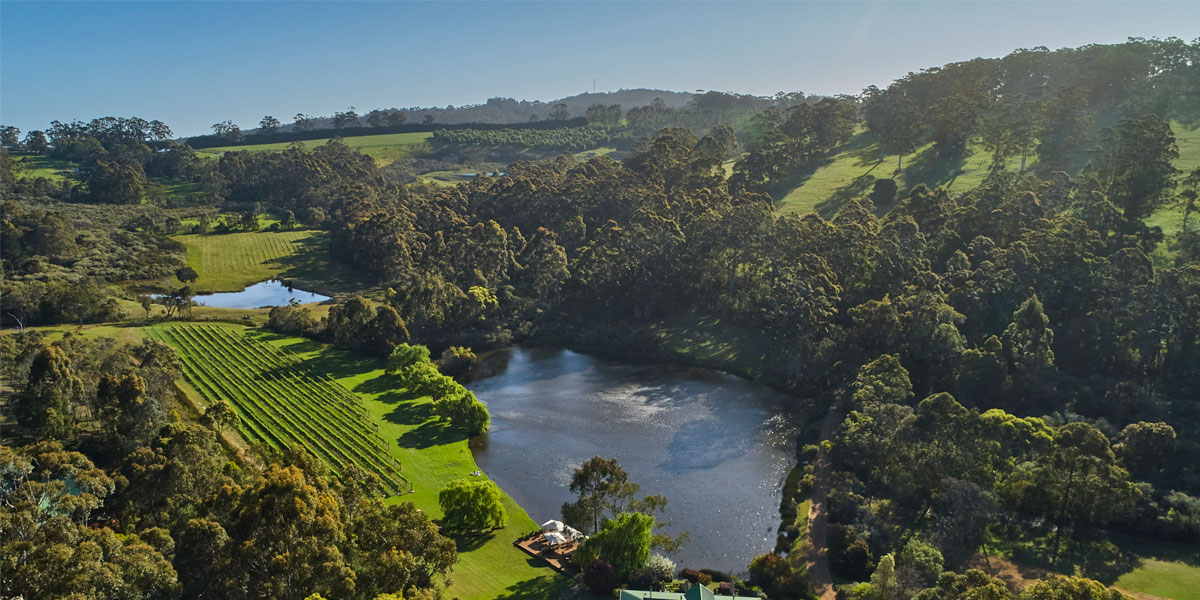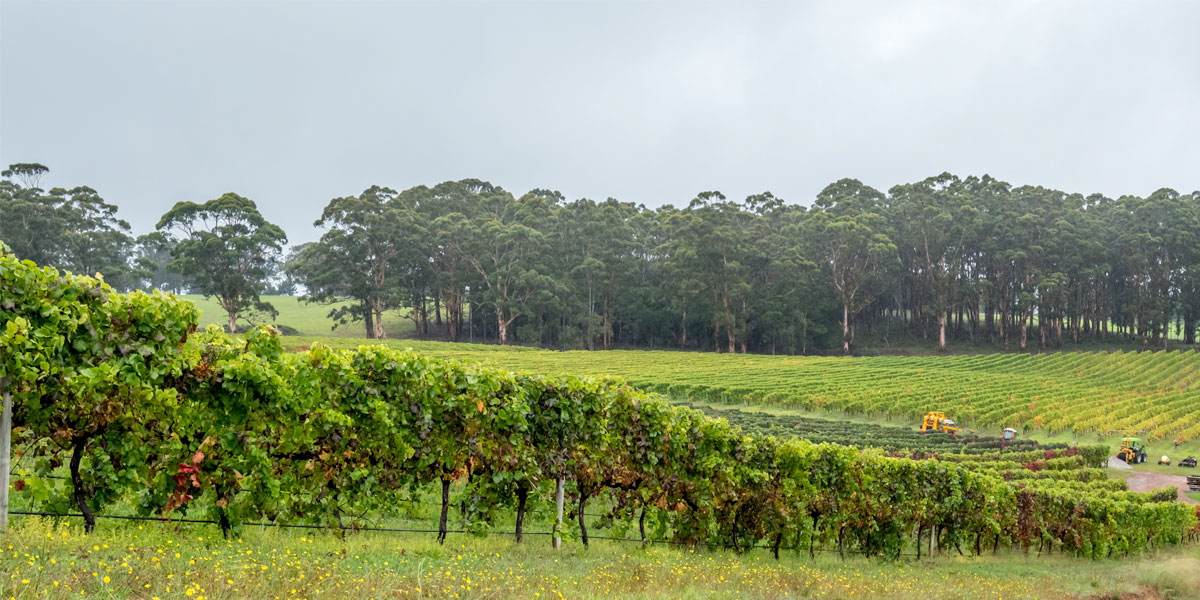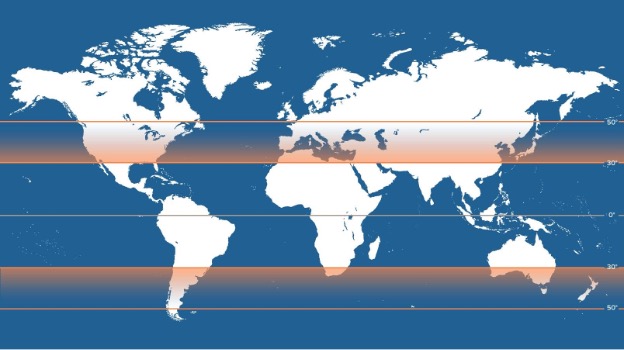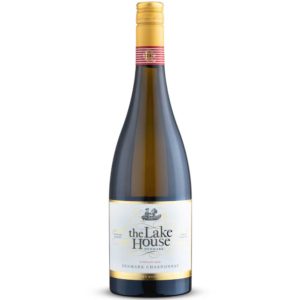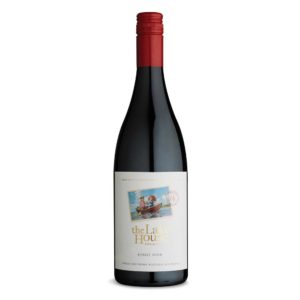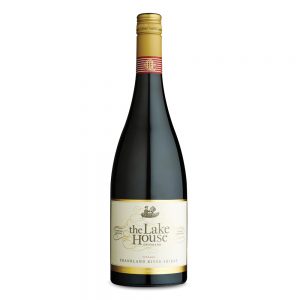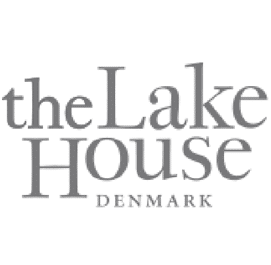There is an extensive list of environmental influences affecting how vines grow and grapes ripen, and the biggest influencer is Climate.
Whether you have a good vintage or an excellent vintage all gets down to what the season was like. Was there too much rain, or not enough. Was it too hot or not hot enough. This is something that the Vigneron (cultivator of grapes for winemaking) has to contend with every year. The quality of the grapes plays a large part in the quality of the wine, with the environment being everything when growing grapes.
Climate refers to the combination of heat, sunlight and water availability a vine is exposed to. And just like us, vines are highly sensitive to their environment and adapt to every change, every fluctuation and the grapes that they will produce is determined solely by the environmental factors that surround them.
One of the most important ways of classifying climate is by the amount of heat available during the growing season as vines need heat before growing season in order to begin to grow. Temperature is vital to determine what grape varieties can grow successfully in a wine region such as Pinot Noir and Riesling grapes which are only grown in cooler climates. Some grape varieties can grow well in different climates but the temperature will affect what flavour characteristics can develop in that particular variety e.g. Chardonnay grown in a cool climate will show high acidity, a light-medium body and flavours of green apples and citrus while Chardonnay grown in a warm climate will have a lower acidity, medium to full body and showcase tropical and stone fruit flavours. Find out here about the type of climate we have here in Denmark.
Here’s a quick rundown of the type of factors that can affect the growth of a vine
Latitude
The most important factor that influences a wine region’s climate is latitude as the closer a region is to the equator, the hotter the climate of the vineyard will be. Most vineyards are located between 30 and 50 degrees north or south of the equator; rarely are they located outside of this range as it is likely to be either too hot or too cold for the vines to survive. If the conditions are too cool, the grapes won’t ripen and if the conditions are too hot, the grapes can over-ripen and produce wines with unpleasant flavours and little freshness. Vines need just the right amount of sunlight, water, nutrients and warmth to flourish and grow.
Altitude
A vineyard that is located at higher altitude will always have a cooler climate than a vineyard that is of the same latitude but with a lower altitude. In warmer climates, being located in a higher altitude is useful in providing some relief from the heat. One example is in Argentina’s wine region, Mendoza which is one of the highest in the world; the cooling influence from the Andes mountains help to slow the ripening process and retain the freshness in the grape.
Sea and Seabreeze
Proximity to an ocean can be useful in moderating temperatures in wine regions; a vineyard in a warm region that is close to a cold ocean will benefit from the cooling breeze. Conversely, a vineyard in a cool region located near a warm ocean like the Caribbean will rely on the ocean current to provide warmth to the vines.
Soil
The soil in a vineyard is essentially the lifeline of the vines; they provide the vines with all the water and nutrients they need to keep healthy. The type of soil in each vineyard can also magnify the effects of the climate. From the colouring of the soil to the number of stones on the surface of the soil, these characteristics affect the capacity of the soil to retain water or absorb heat.
With all these different factors combined along with many other environmental factors, every vineyard site is unique and has its own personality! So as you can imagine, the wines that are produced from each vineyard will also have their own unique personalities and characters.
So if you want to the experience the geographical influence for yourself, try comparing some of our wines like our Premium Reserve Denmark Chardonnay (grown in Denmark with lots of cool sea breeze) and our Reserve Merum Great Southern Chardonnay (fruit is grown in Frankland River and Mt Barker which is located more inland). Or try our Postcard Pinot Noir to explore the influence of our cool climate on this popular red wine variety.


